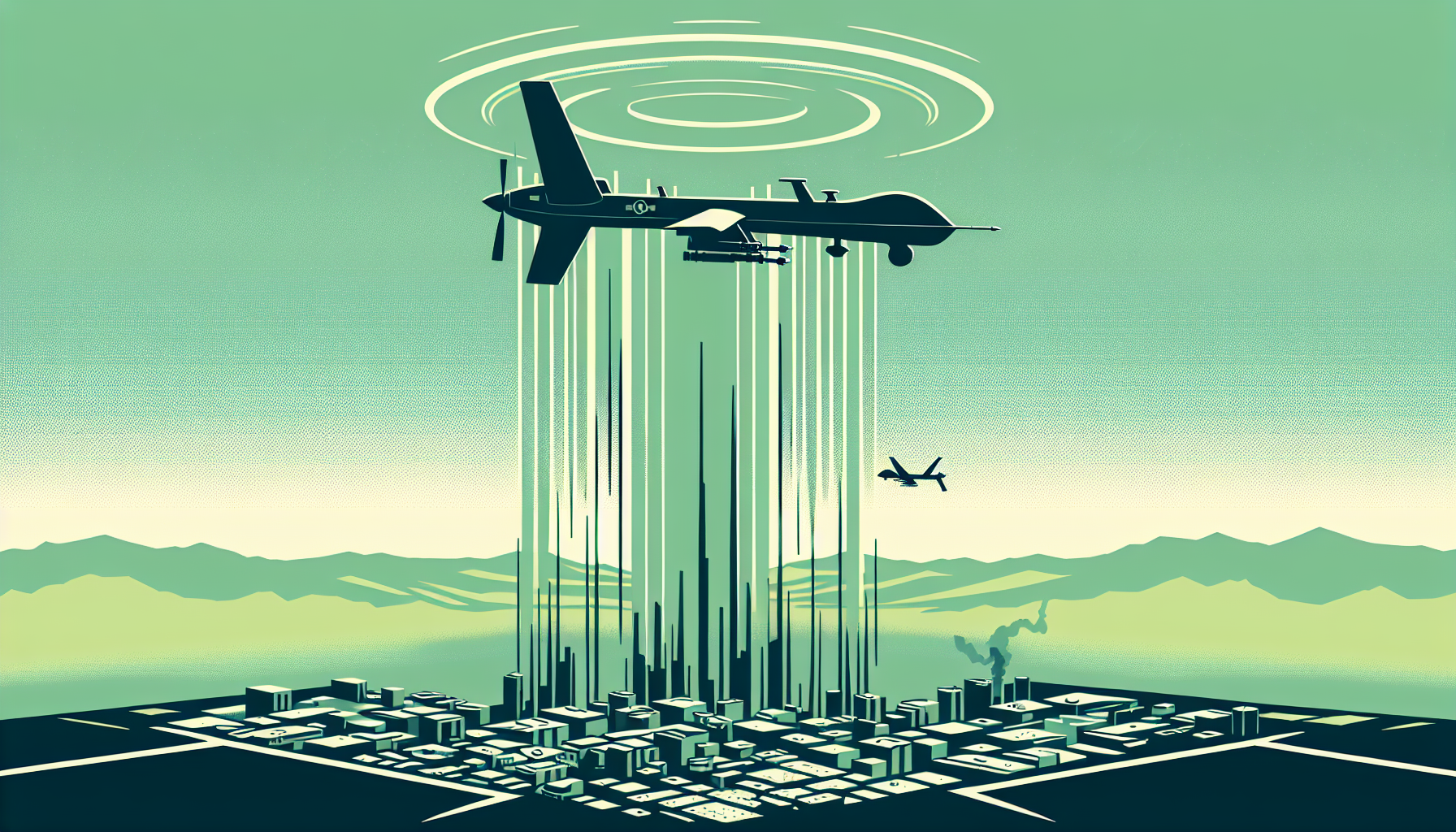Russian Defenses downed two Ukrainian unmanned aerial vehicles (UAVs) over the region of Smolensk, according to Vasily Anokhin, the governor of the region."There is a danger of UAVs in the Smolensk re...
Why it matters
- The downing of Ukrainian UAVs highlights ongoing tensions between Russia and Ukraine, emphasizing the persistent threat of aerial warfare.
- The Smolensk region, being strategically significant, is increasingly becoming a focal point for military activities.
- This incident raises concerns about the safety of the local population and the potential for further escalation in hostilities.
In recent developments, Russian air defenses successfully intercepted two Ukrainian unmanned aerial vehicles (UAVs) over the Smolensk region, as reported by the regional governor, Vasily Anokhin. The incident underscores the rising dangers posed by drone warfare in the ongoing conflict between the two nations. Anokhin's announcement not only sheds light on the immediate military actions but also hints at the broader implications for regional security and stability.
The Smolensk region, located in western Russia, has become a significant area of concern amid the escalating conflict. Anokhin noted that there is an increased risk associated with UAVs in this area, suggesting that such aerial threats may become more frequent as hostilities continue. The governor's statement serves as a reminder of the vulnerabilities that exist, not just for military installations but also for civilians in the vicinity of these strikes.
In a broader context, the use of drones has transformed modern warfare, enabling both sides to conduct surveillance and launch strikes with a degree of anonymity and safety from direct confrontation. The incident in Smolensk comes on the heels of heightened drone activity observed in various regions, reflecting the evolving tactics employed by both Ukrainian and Russian forces. As both sides adapt to the realities of drone warfare, the potential for miscalculations and unintended escalations remains a pressing concern.
The interception of these UAVs also raises questions about the effectiveness of air defense systems currently deployed in the region. While Russian forces claim to have successfully neutralized the threat, the ability of Ukrainian forces to penetrate Russian airspace with drones indicates a level of sophistication and tactical planning that cannot be overlooked. Experts suggest that the ongoing conflict may see an increasing reliance on UAVs, necessitating further advancements in counter-drone technologies.
Moreover, the Smolensk region's strategic importance cannot be overstated. It serves as a crucial link between Moscow and the western borders, heightening its value in military logistics and operations. The presence of UAVs in this area not only poses immediate risks but also signals a potential shift in the operational landscape of the conflict. As both sides continue to invest in drone capabilities, the ramifications for military strategy and local populations could be significant.
Locally, the residents of Smolensk are left to navigate the uncertainty brought by such military activities. The governor's remarks about the dangers posed by UAVs underscore the precarious situation for civilians who may find themselves caught in the crossfire of military engagements. As the conflict drags on, the potential for collateral damage and civilian casualties remains a critical issue that demands attention from both local authorities and the international community.
In conclusion, the incident involving the downing of two Ukrainian drones over Smolensk stands as a stark reminder of the persistent threat posed by unmanned aerial vehicles in the ongoing conflict between Russia and Ukraine. As both sides continue to adapt their military strategies, the implications for regional security and civilian safety will likely remain a central focus in the months to come. The situation in Smolensk is a microcosm of the larger conflict, revealing the complexities and dangers inherent in modern warfare as it increasingly relies on drone technology.











